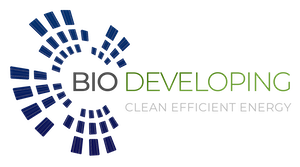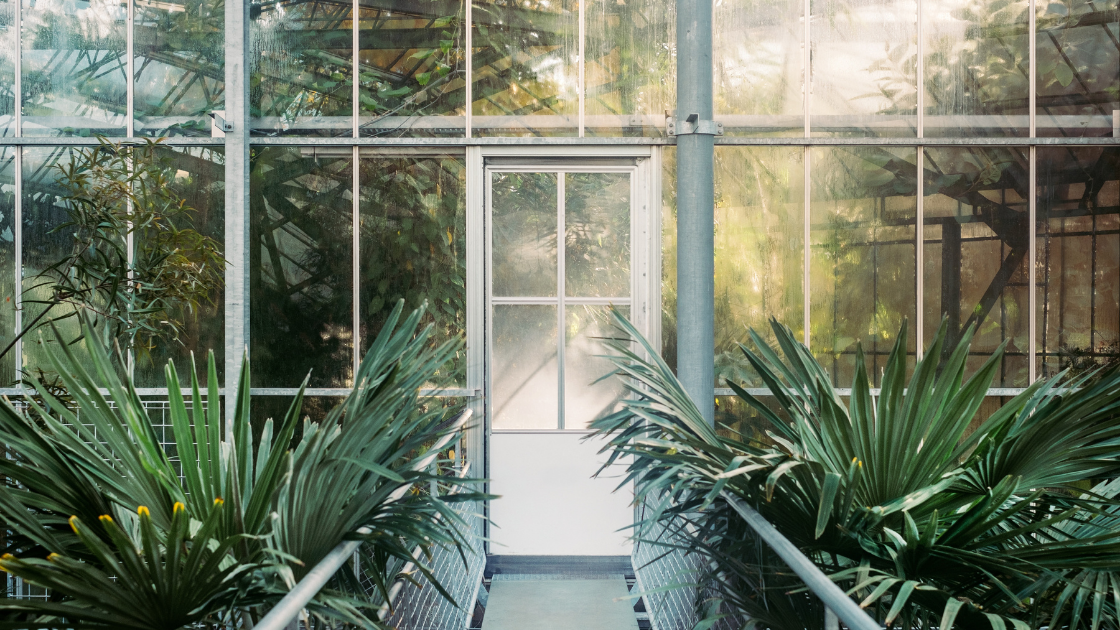Green Building Factors
Location of the Building
When building a green building location is very important. However, even existing buildings can be made green.
Every building is unique, and it is important that a green building is able to take advantage of the unique attributes of its location and local ecology.
For example, orienting aspects of a building towards the sun and prevalent wind patterns can make ya building more pleasant and energy-efficient.
Whether a new or existing building, its green building design should also take shade and wind cover into consideration to protect the building from the summer heat and winter winds, respectively.
If the building will capitalize on solar energy in any way, the placement of solar panels or solar technology must also be taken into account.
While these are some examples, every location will have its own set of advantages that can be taken into consideration as well as ensuring the building itself creates the least amount of impact on it/s local surroundings.
New vs Old Construction
A common misconception about green buildings is that it’s easier or more efficient to incorporate green building designs into new construction, building it from scratch. What’s not commonly considered is the amount of natural resources and land that it takes to build new construction.
For that reason, in most cases, it is environmentally preferable to renovate and expand, if necessary, an existing building and make it green, rather than build a new one.
Because this is not always possible, green buildings can be built from scratch, and depending on your dedication to the environment, there are ways to source materials and methods to build that reduce the impact of new construction.
Green Building Design and Engineering
I remember the first time I saw a green building. I was in Vancouver, Canada and there was a building by the water that had grass on its roof and beautiful large windows. It was stunning to see and I was even more stunned when they explained to me that the entire building was designed to create zero impact on the environment.
Beautiful as they are, there are many aspects of how you design and engineer a green building that leads to how well it will perform, how green it will be, and how much benefit will be provided to the building’s owner.
A green building also has to look great and serve the needs of the building. It’s no fun to sacrifice comfort and funds, just to say you have a green building. That would actually defy the concept of a green building itself.
There are many design and engineering approaches that are used for green buildings such as overhangs, use of natural light, wall thickness to maximize insulating quality while reducing the amount of wood needed, use of engineered products, proper sizing and specification for heating, cooling, hot water, etc. components, heat exchangers, the use of alternative energy and energy-saving products and equipment and so on. Proper sealing, control of airflow, and air quality within the building are important.
As a leader in green building design and development, Bio Developing works to adapt all your building’s needs into a perfectly designed green building plan that will help you achieve all the benefits of a green building.
Energy Efficiency
One of the largest sources of negative impact on our environment is energy. The pollution and natural resources used to produce energy are massive. While renewable energy has started to pick up in production, it is far away from being able to produce all the energy we need to operate daily.
For this reason, energy efficiency is a big part of a green building.
Proper insulation of your building, high-efficiency doors, and windows, the use of proper moisture and wind wraps, heat exchangers, insulated hot water pipes, and the use of properly sized high-efficiency HVAC and water heating equipment are all major components of a green building. So are the type of lighting, the use of natural light, and heat sources. Smart building technology has come of age so that your building can be even that much more efficient.
Energy efficiency is also one of the biggest ways that having a green building will benefit you as a building owner, by producing substantial savings on a monthly basis and cutting up to 65% of the energy costs.
Green Building Materials
What good would it do to build a green building, is the material used to build the building damaged the environment.
Now, a building does have to be built with some material and there is no absolute when it comes to green building material. However, there are sophisticated standards evolving to evaluate the environmental impacts of different building materials.
These standards factor in the energy used to produce the materials, pollution caused, impact on endangered plants, and waste generated. In general, the following guidelines and product selections should be followed:
- Design the building to use less material while achieving better performance.
- Use recycled materials, when possible.
- Products that require less energy to grow, extract, and manufacture.
- Materials that are produced closer to where the building is, and therefore use less energy and transportation to bring to your location.
- Engineered wood products over products made from old-growth trees.
- Materials that are durable.
- Materials that don’t leach toxic chemicals into the soil.
- Materials that, when a building is eventually demo’d, will not add toxic materials to the landfill.
- Materials that require minimal maintenance and use of chemical finishes and/or cleaning products.
Green Building Methods
To get the most benefit from green materials and products, a green building has to be constructed properly and carefully by crafts and tradesmen who know how to construct or renovate a green building for maximum benefit. Not all construction workers have the knowledge or skill to build like this or meet the special standards needed. If you have any questions about the company you are selecting, or plan to select, Bio Developing can help you evaluate the methods used to minimize impact.
Employing Alternative Energy Sources
Using clean, renewable, and sustainable sources of energy can offer substantial benefits.
Green energy can be purchased from the grid or created using design and technology that will help power your green building.
Solar Energy
With green buildings, solar energy can be harnessed in many ways to save you money and minimize the carbon-based energy required to operate a building and its systems. One simple way is to locate the building with the largest glass area facing south. This captures the sun’s heat in the winter.
Photovoltaic panels, which are cheaper and more efficient than ever before, can also be used to generate electricity for use in the building. As solar panels may not be enough to power a building, more recent technology allows to add of solar power to building windows, a building’s side paneling, and parking, to maximize solar production.
Geothermal
Geothermal heating/cooling systems are becoming more popular with green building owners. These systems extract heat from the ground to heat the building in the winter and dump heat into the ground in the summer.
This is a highly efficient system with low operating costs.
Wind
Wind energy is by far the largest source of sustainable energy in the US.
In the Eastern United States, using wind energy can sometimes be generated on site or purchased from the power company. To be effective, a wind turbine must be located in an area with relatively high and constant winds.
Modern wind turbines have also been designed that can generate power from the roof of a building.
While many towns have zoning restrictions that prevent the installation of a turbine at the necessary height, which is usually over 30 ft. in the air. If you have the right property, wind power can work for you.
Water Conservation
Most people didn’t worry as much about water conservation until it started having major drought problems. This has not been a problem in New Jersey however to solve the problem, many building owners are having to retrofit their buildings with water conservation systems which can be extra expensive unless you are renovating a whole home or building a new one.
Low-flow plumbing fixtures represent a great starting point for water conservation, but there are many other options. For example, your building could include a gray water system, which recaptures water from all uses (other than toilets) for re-use in an irrigation system.
Other options include collecting and storing rainwater for uses such as in bathrooms, or areas where water is used for washing, or using modern hygienic composting toilets, which eliminate the need for freshwater to process human waste.


Recent Comments